Assessment 1: Database Analysis and Design for Celtic Caterers
VerifiedAdded on 2022/12/15
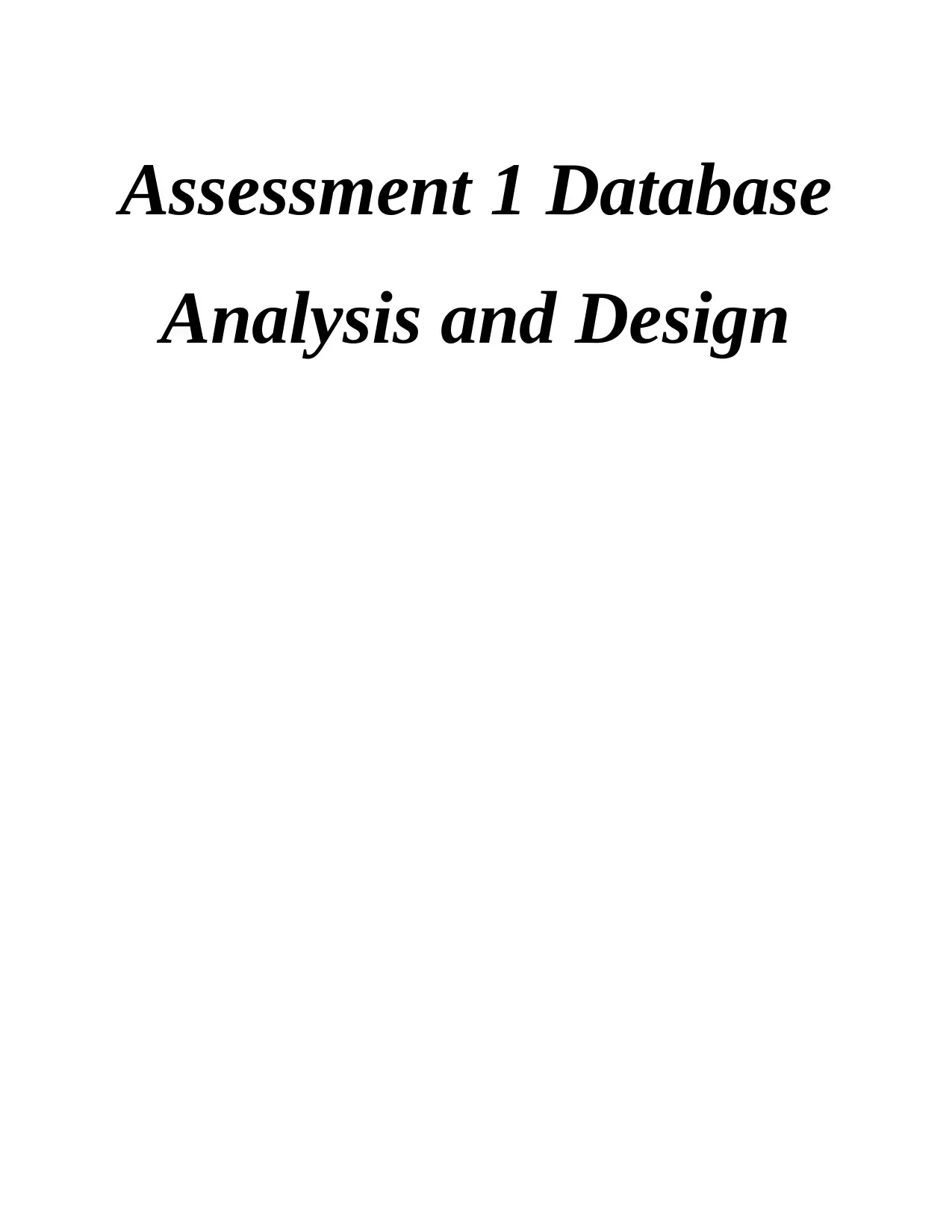
Analysis and Design
Paraphrase This Document
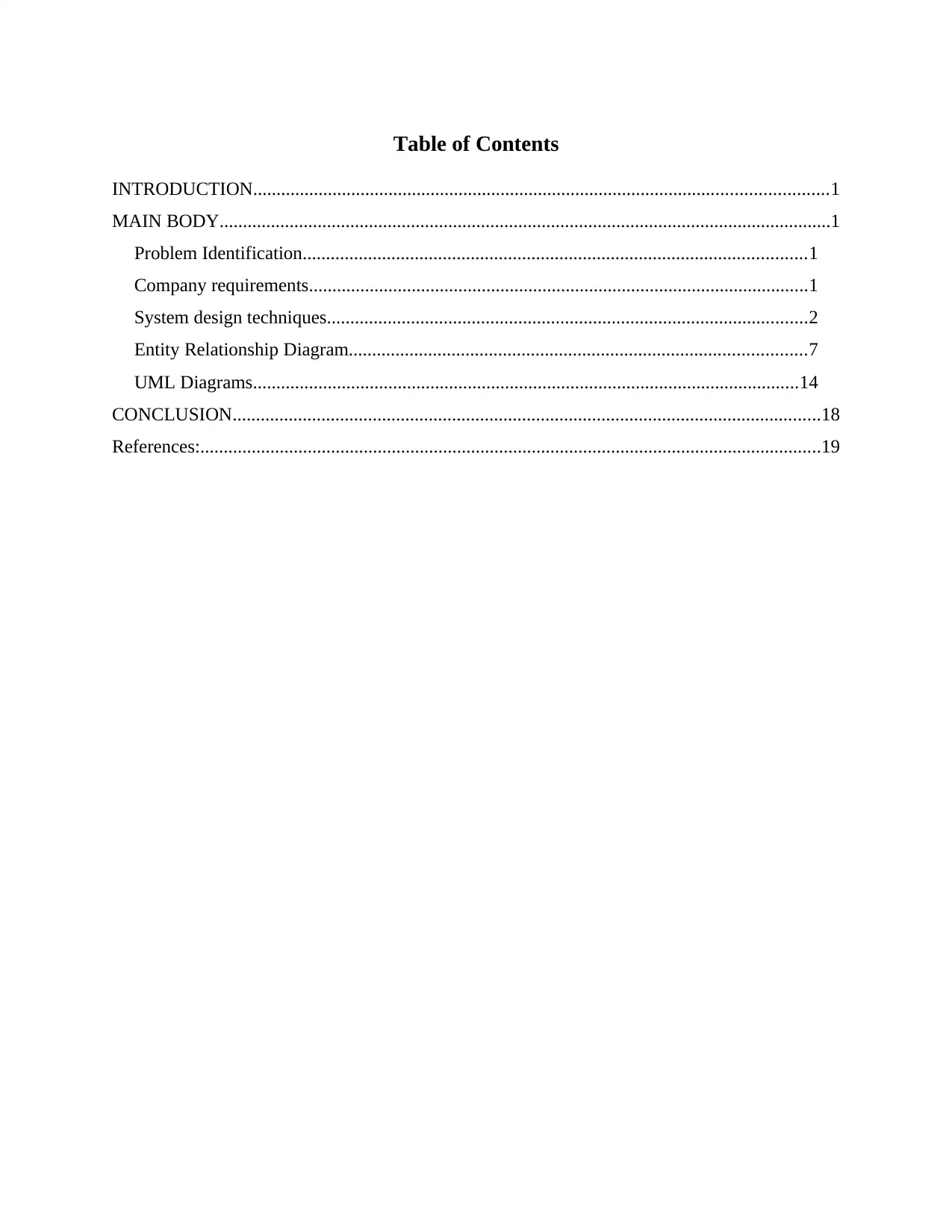
INTRODUCTION...........................................................................................................................1
MAIN BODY...................................................................................................................................1
Problem Identification............................................................................................................1
Company requirements...........................................................................................................1
System design techniques.......................................................................................................2
Entity Relationship Diagram..................................................................................................7
UML Diagrams.....................................................................................................................14
CONCLUSION..............................................................................................................................18
References:.....................................................................................................................................19
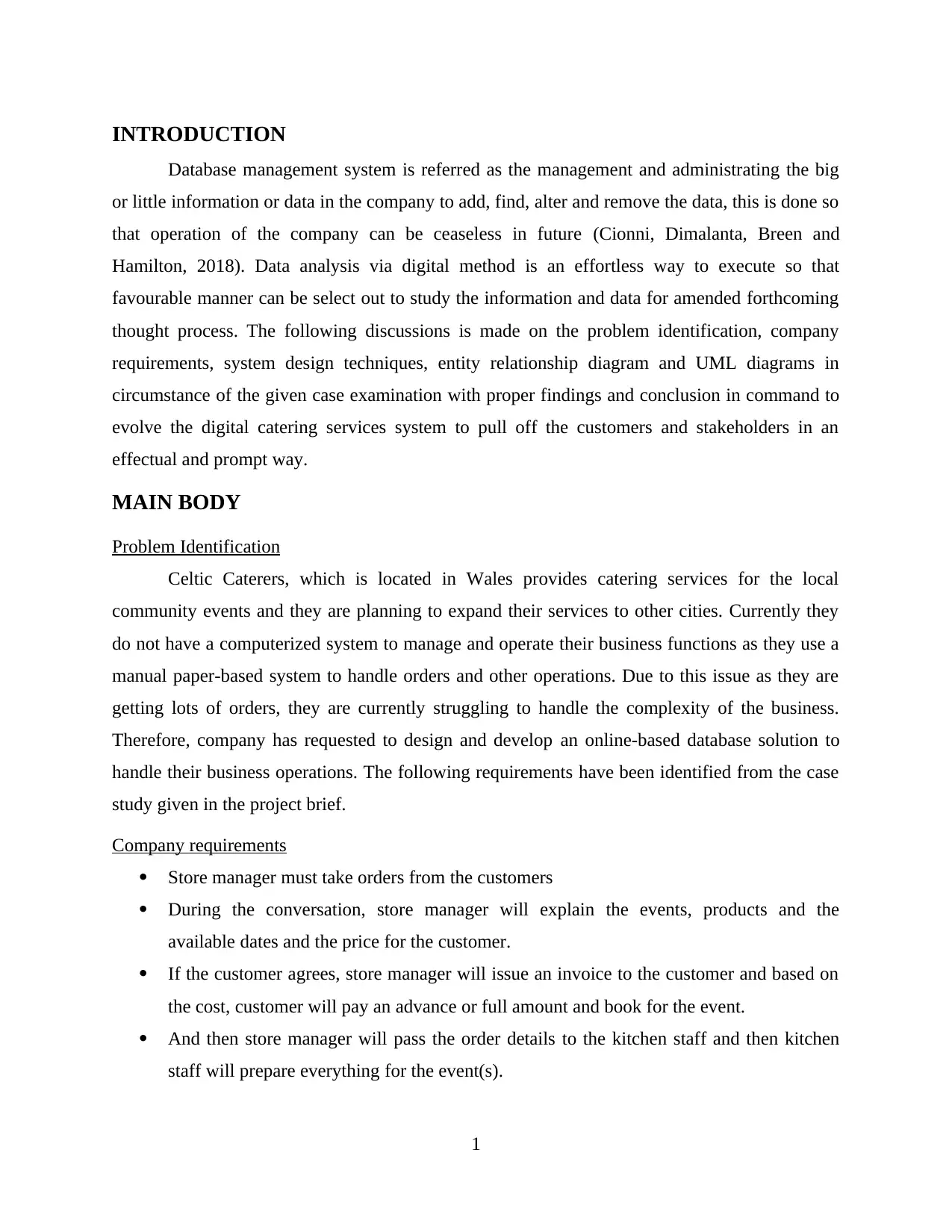
Database management system is referred as the management and administrating the big
or little information or data in the company to add, find, alter and remove the data, this is done so
that operation of the company can be ceaseless in future (Cionni, Dimalanta, Breen and
Hamilton, 2018). Data analysis via digital method is an effortless way to execute so that
favourable manner can be select out to study the information and data for amended forthcoming
thought process. The following discussions is made on the problem identification, company
requirements, system design techniques, entity relationship diagram and UML diagrams in
circumstance of the given case examination with proper findings and conclusion in command to
evolve the digital catering services system to pull off the customers and stakeholders in an
effectual and prompt way.
MAIN BODY
Problem Identification
Celtic Caterers, which is located in Wales provides catering services for the local
community events and they are planning to expand their services to other cities. Currently they
do not have a computerized system to manage and operate their business functions as they use a
manual paper-based system to handle orders and other operations. Due to this issue as they are
getting lots of orders, they are currently struggling to handle the complexity of the business.
Therefore, company has requested to design and develop an online-based database solution to
handle their business operations. The following requirements have been identified from the case
study given in the project brief.
Company requirements
Store manager must take orders from the customers
During the conversation, store manager will explain the events, products and the
available dates and the price for the customer.
If the customer agrees, store manager will issue an invoice to the customer and based on
the cost, customer will pay an advance or full amount and book for the event.
And then store manager will pass the order details to the kitchen staff and then kitchen
staff will prepare everything for the event(s).
1
⊘ This is a preview!⊘
Do you want full access?
Subscribe today to unlock all pages.

Trusted by 1+ million students worldwide
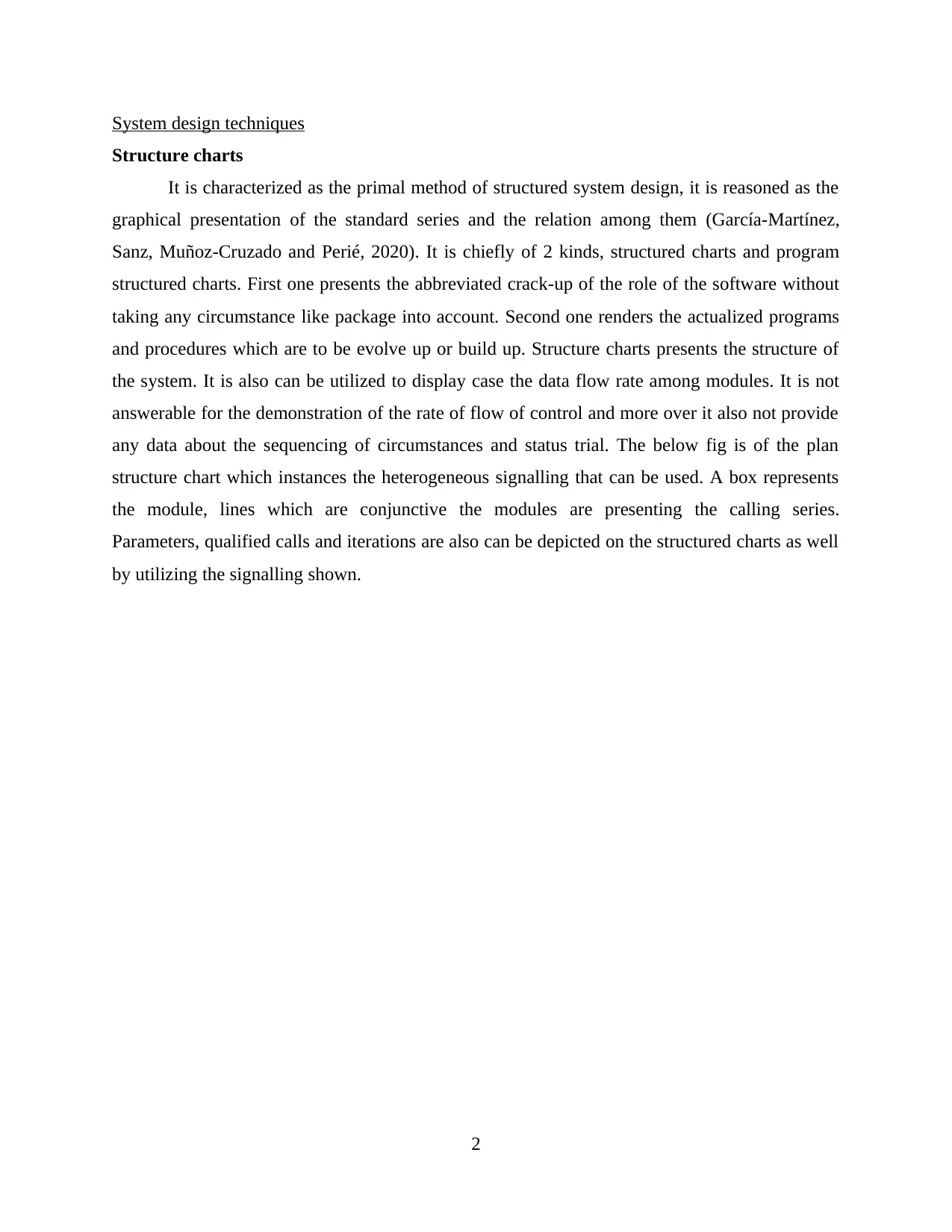
Structure charts
It is characterized as the primal method of structured system design, it is reasoned as the
graphical presentation of the standard series and the relation among them (García-Martínez,
Sanz, Muñoz-Cruzado and Perié, 2020). It is chiefly of 2 kinds, structured charts and program
structured charts. First one presents the abbreviated crack-up of the role of the software without
taking any circumstance like package into account. Second one renders the actualized programs
and procedures which are to be evolve up or build up. Structure charts presents the structure of
the system. It is also can be utilized to display case the data flow rate among modules. It is not
answerable for the demonstration of the rate of flow of control and more over it also not provide
any data about the sequencing of circumstances and status trial. The below fig is of the plan
structure chart which instances the heterogeneous signalling that can be used. A box represents
the module, lines which are conjunctive the modules are presenting the calling series.
Parameters, qualified calls and iterations are also can be depicted on the structured charts as well
by utilizing the signalling shown.
2
Paraphrase This Document
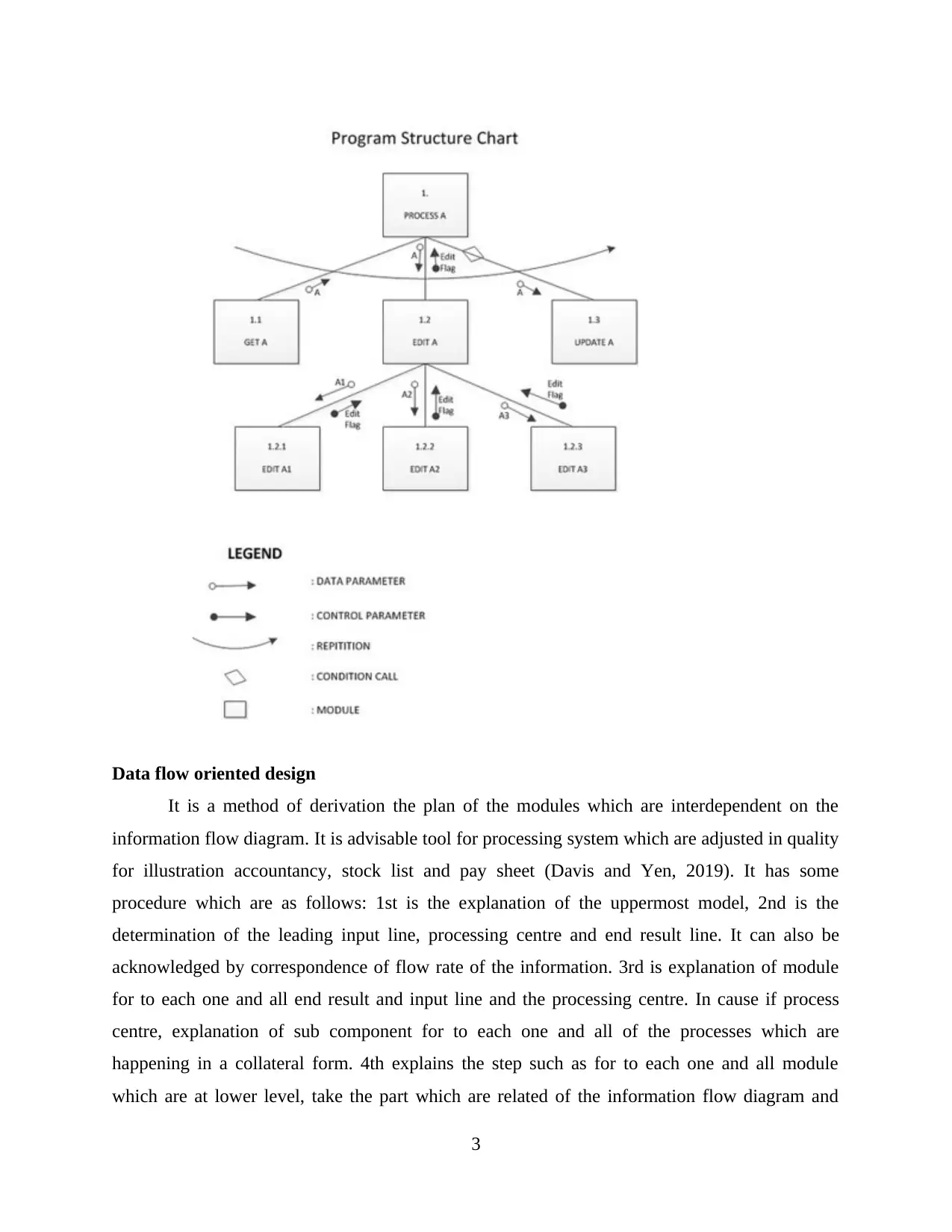
It is a method of derivation the plan of the modules which are interdependent on the
information flow diagram. It is advisable tool for processing system which are adjusted in quality
for illustration accountancy, stock list and pay sheet (Davis and Yen, 2019). It has some
procedure which are as follows: 1st is the explanation of the uppermost model, 2nd is the
determination of the leading input line, processing centre and end result line. It can also be
acknowledged by correspondence of flow rate of the information. 3rd is explanation of module
for to each one and all end result and input line and the processing centre. In cause if process
centre, explanation of sub component for to each one and all of the processes which are
happening in a collateral form. 4th explains the step such as for to each one and all module
which are at lower level, take the part which are related of the information flow diagram and
3
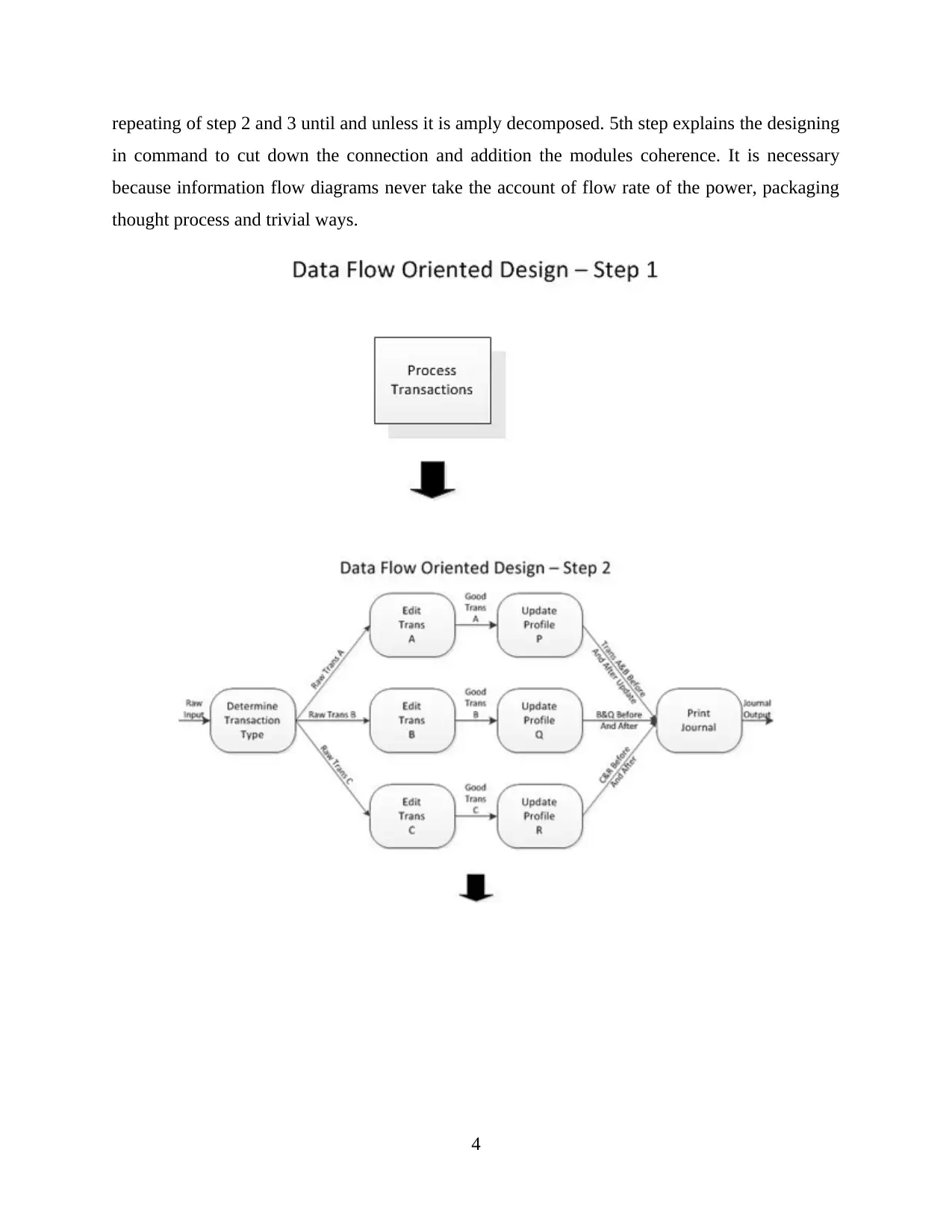
in command to cut down the connection and addition the modules coherence. It is necessary
because information flow diagrams never take the account of flow rate of the power, packaging
thought process and trivial ways.
4
⊘ This is a preview!⊘
Do you want full access?
Subscribe today to unlock all pages.

Trusted by 1+ million students worldwide
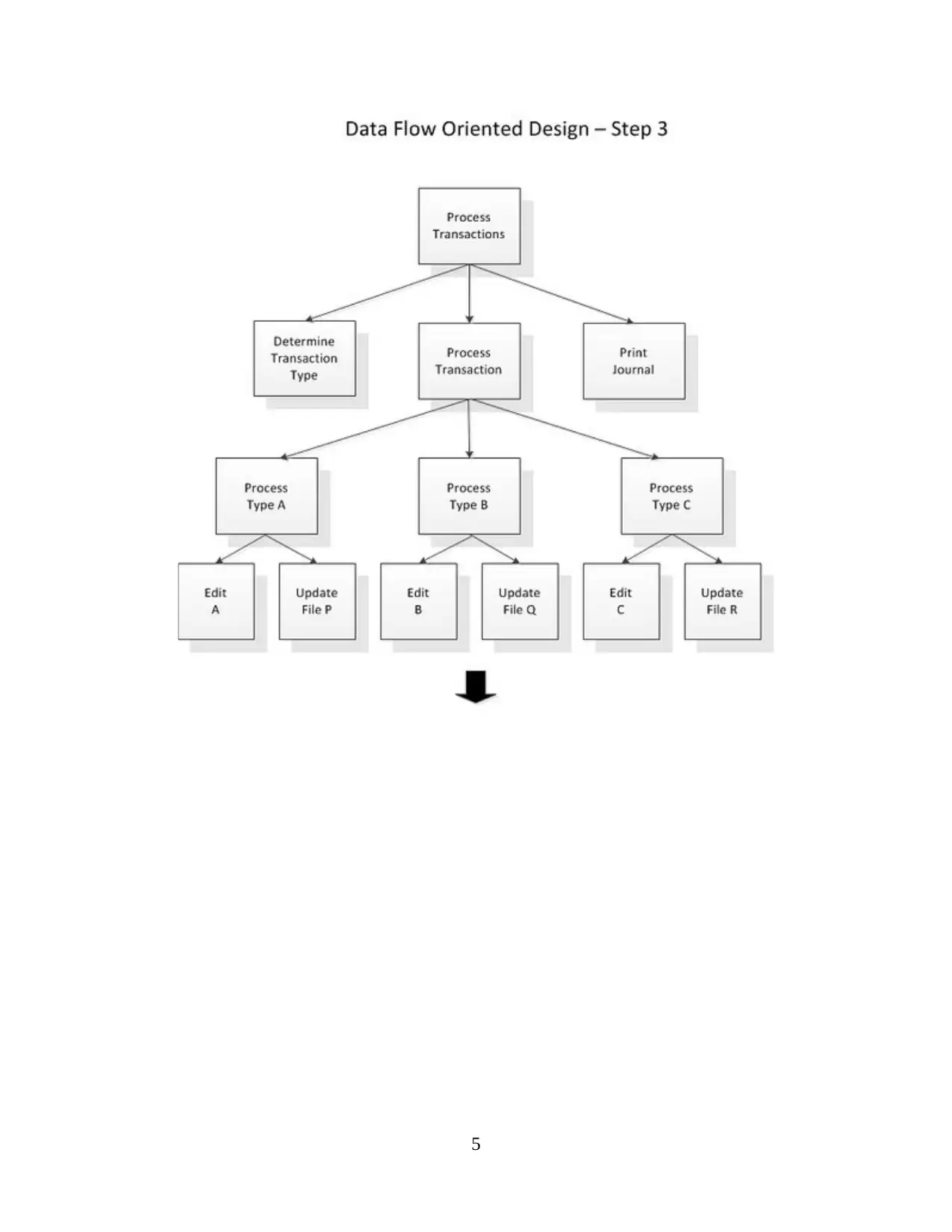
Paraphrase This Document
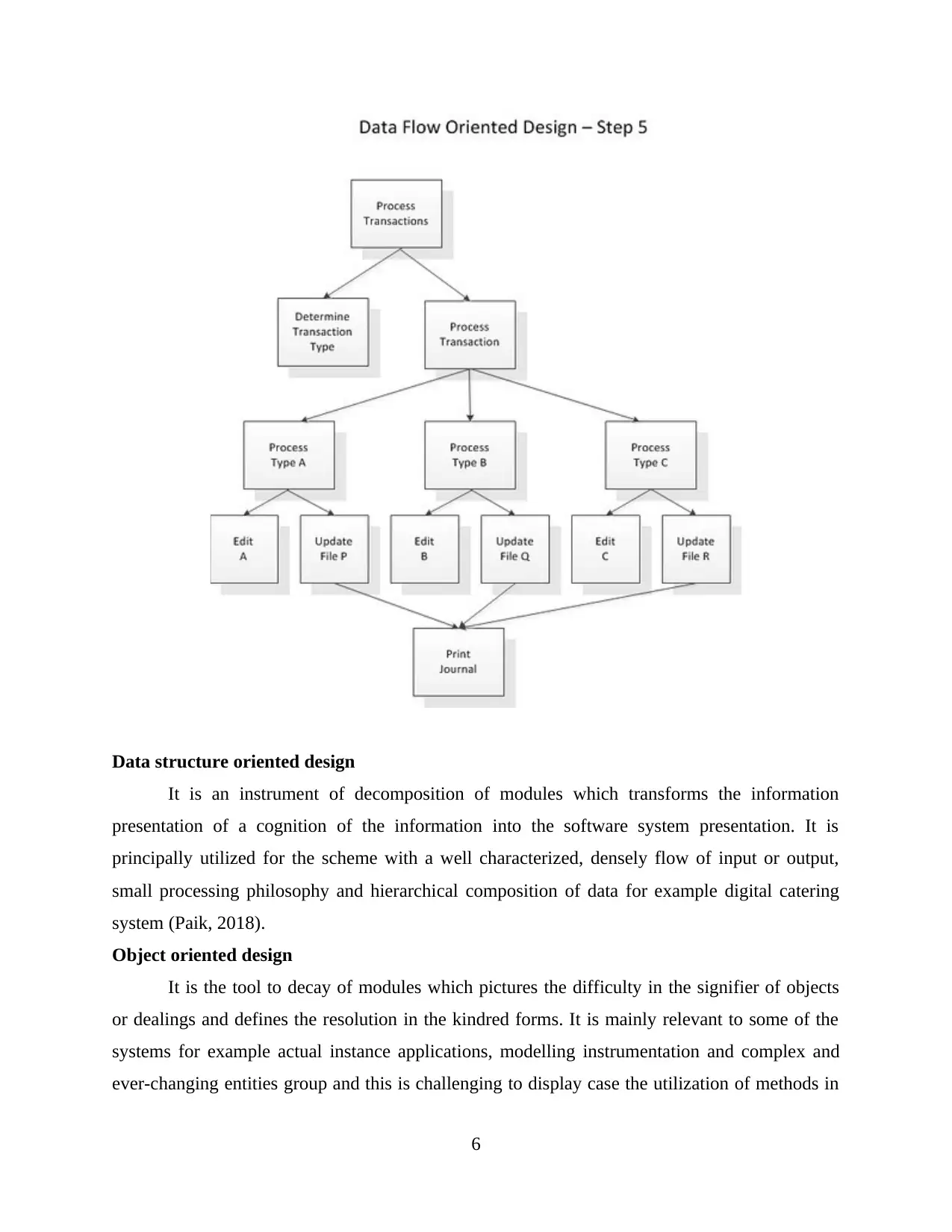
It is an instrument of decomposition of modules which transforms the information
presentation of a cognition of the information into the software system presentation. It is
principally utilized for the scheme with a well characterized, densely flow of input or output,
small processing philosophy and hierarchical composition of data for example digital catering
system (Paik, 2018).
Object oriented design
It is the tool to decay of modules which pictures the difficulty in the signifier of objects
or dealings and defines the resolution in the kindred forms. It is mainly relevant to some of the
systems for example actual instance applications, modelling instrumentation and complex and
ever-changing entities group and this is challenging to display case the utilization of methods in
6
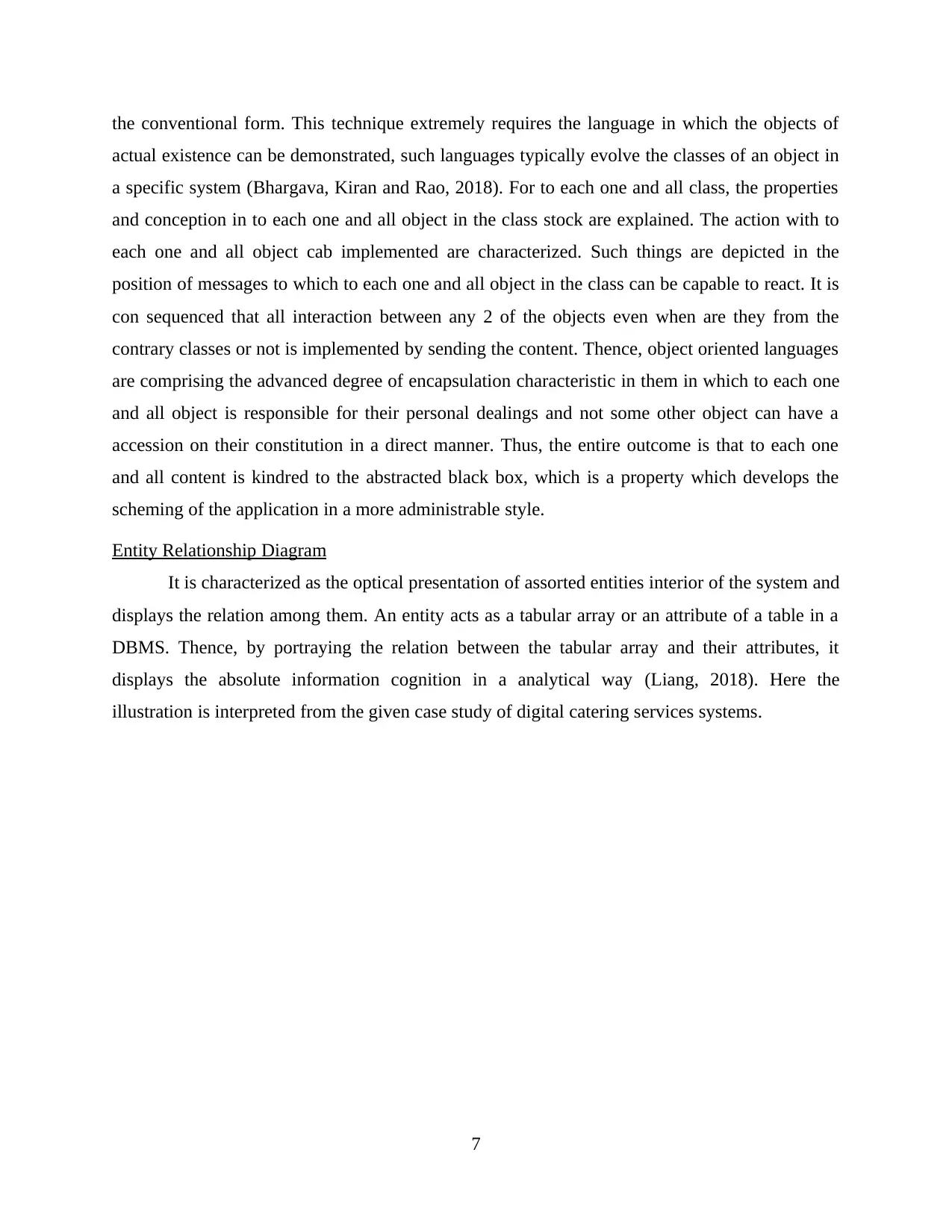
actual existence can be demonstrated, such languages typically evolve the classes of an object in
a specific system (Bhargava, Kiran and Rao, 2018). For to each one and all class, the properties
and conception in to each one and all object in the class stock are explained. The action with to
each one and all object cab implemented are characterized. Such things are depicted in the
position of messages to which to each one and all object in the class can be capable to react. It is
con sequenced that all interaction between any 2 of the objects even when are they from the
contrary classes or not is implemented by sending the content. Thence, object oriented languages
are comprising the advanced degree of encapsulation characteristic in them in which to each one
and all object is responsible for their personal dealings and not some other object can have a
accession on their constitution in a direct manner. Thus, the entire outcome is that to each one
and all content is kindred to the abstracted black box, which is a property which develops the
scheming of the application in a more administrable style.
Entity Relationship Diagram
It is characterized as the optical presentation of assorted entities interior of the system and
displays the relation among them. An entity acts as a tabular array or an attribute of a table in a
DBMS. Thence, by portraying the relation between the tabular array and their attributes, it
displays the absolute information cognition in a analytical way (Liang, 2018). Here the
illustration is interpreted from the given case study of digital catering services systems.
7
⊘ This is a preview!⊘
Do you want full access?
Subscribe today to unlock all pages.

Trusted by 1+ million students worldwide
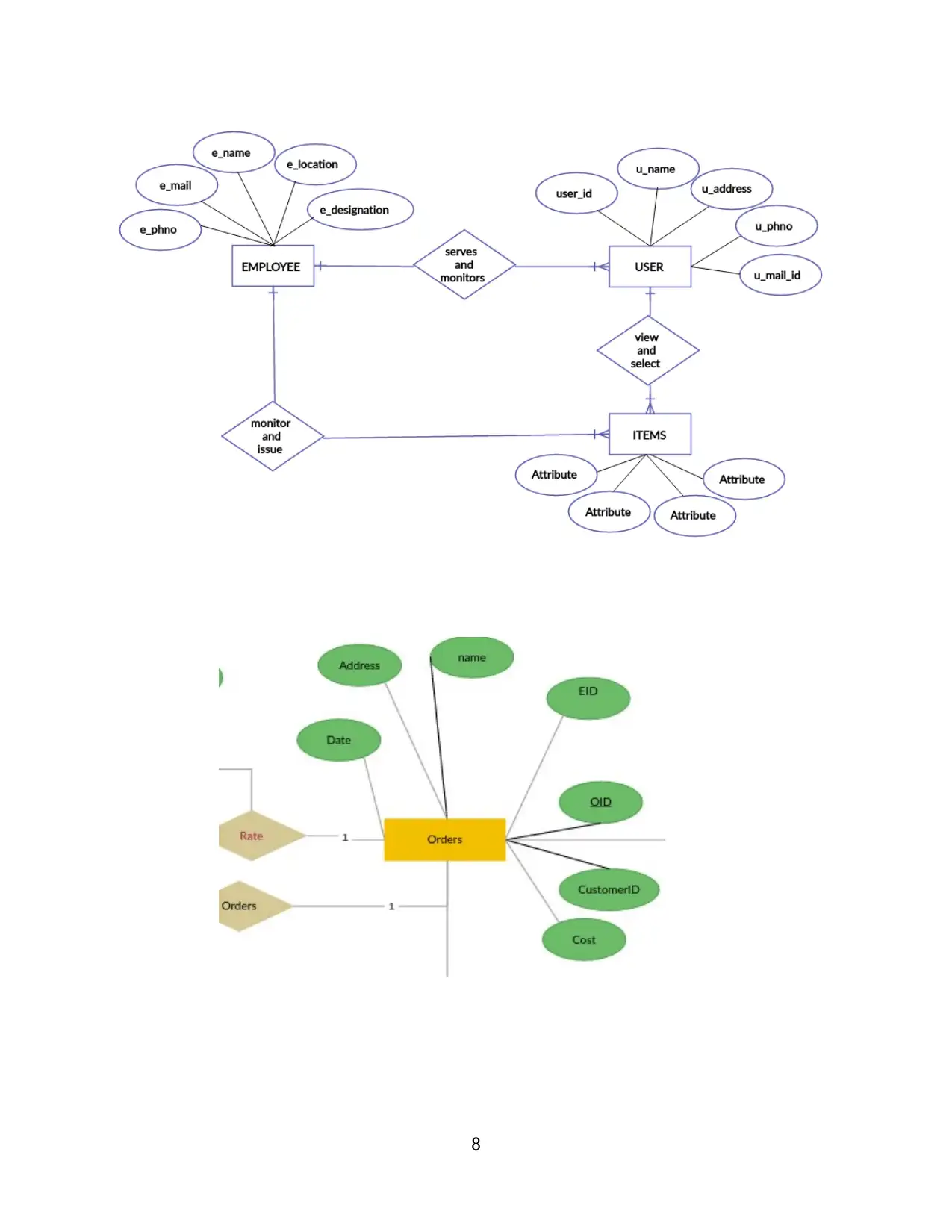
Paraphrase This Document
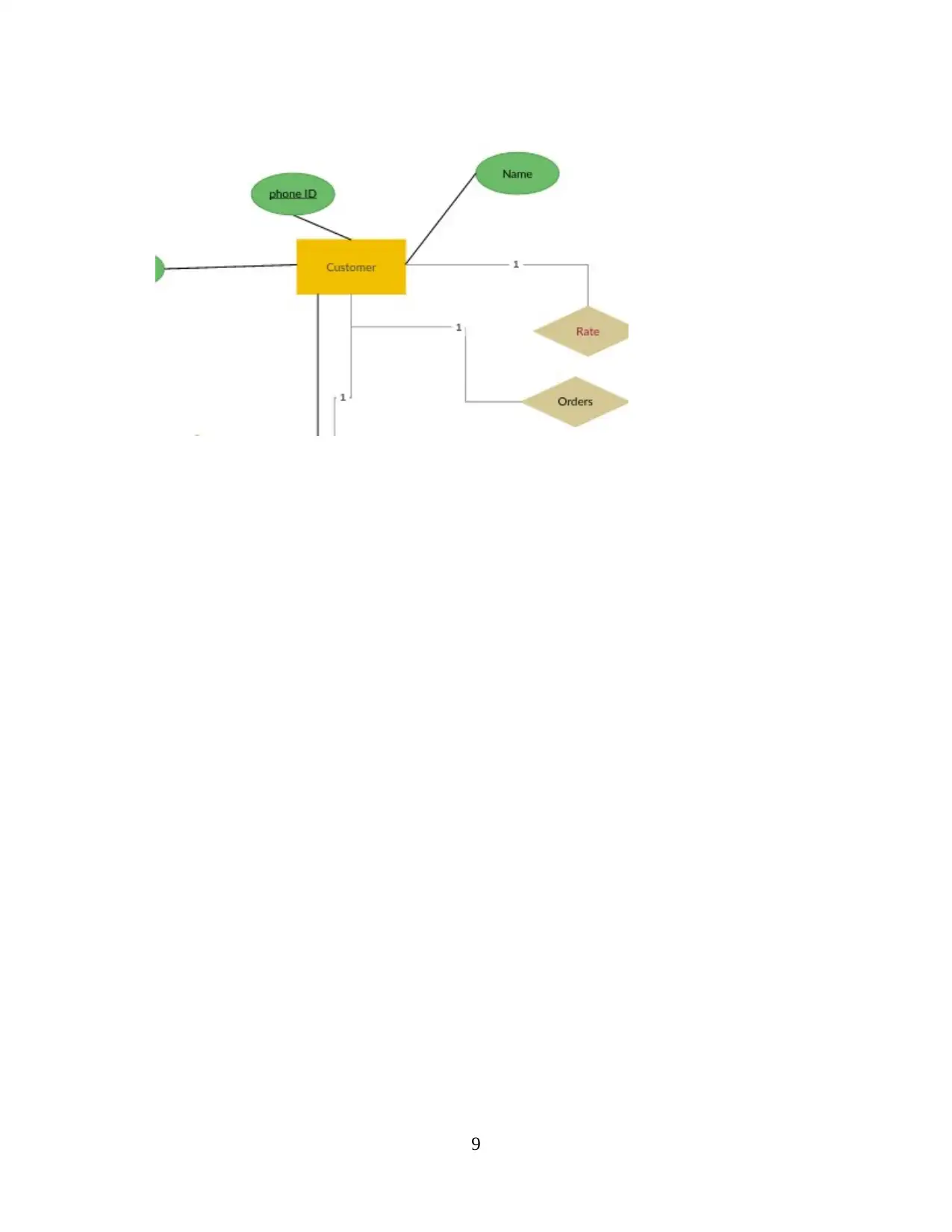
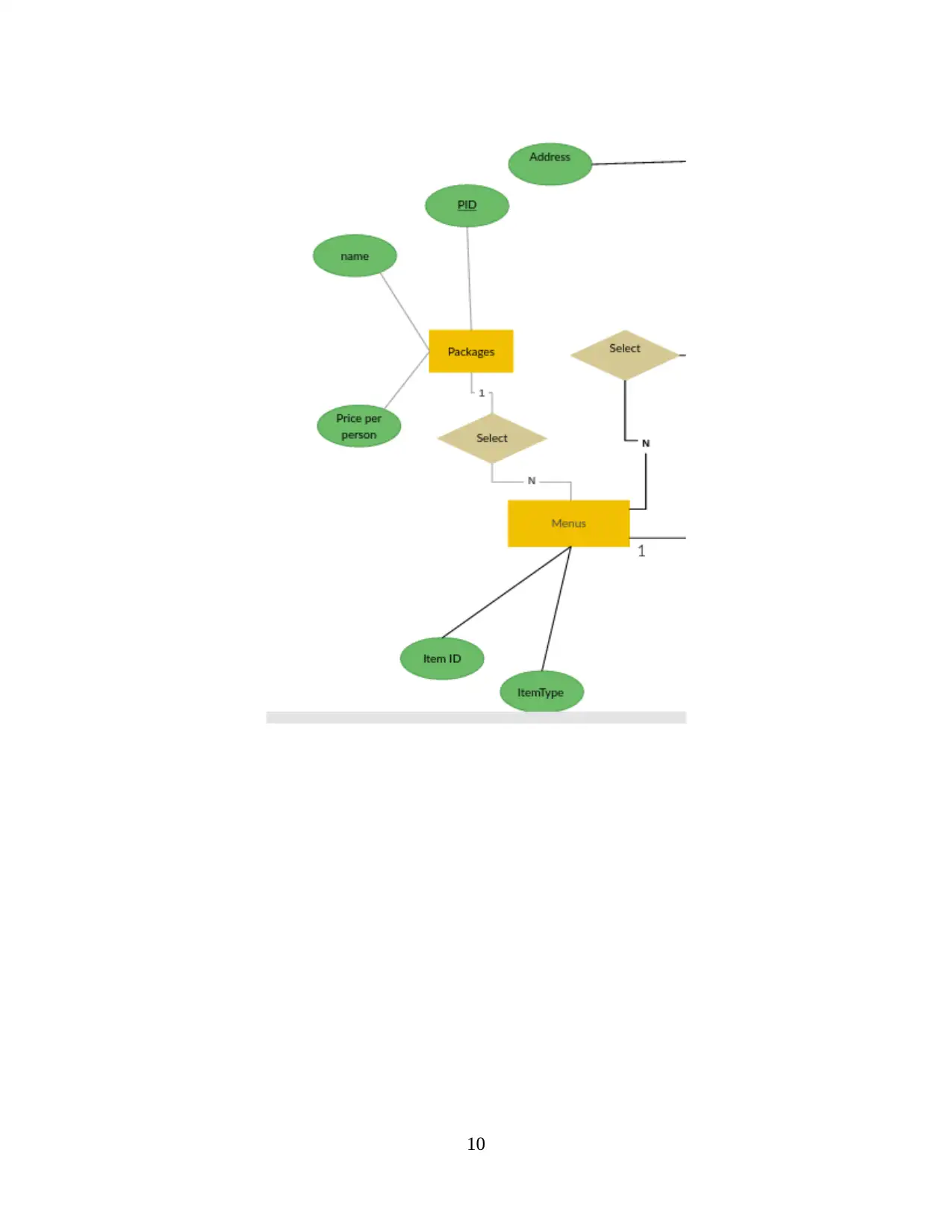
⊘ This is a preview!⊘
Do you want full access?
Subscribe today to unlock all pages.

Trusted by 1+ million students worldwide
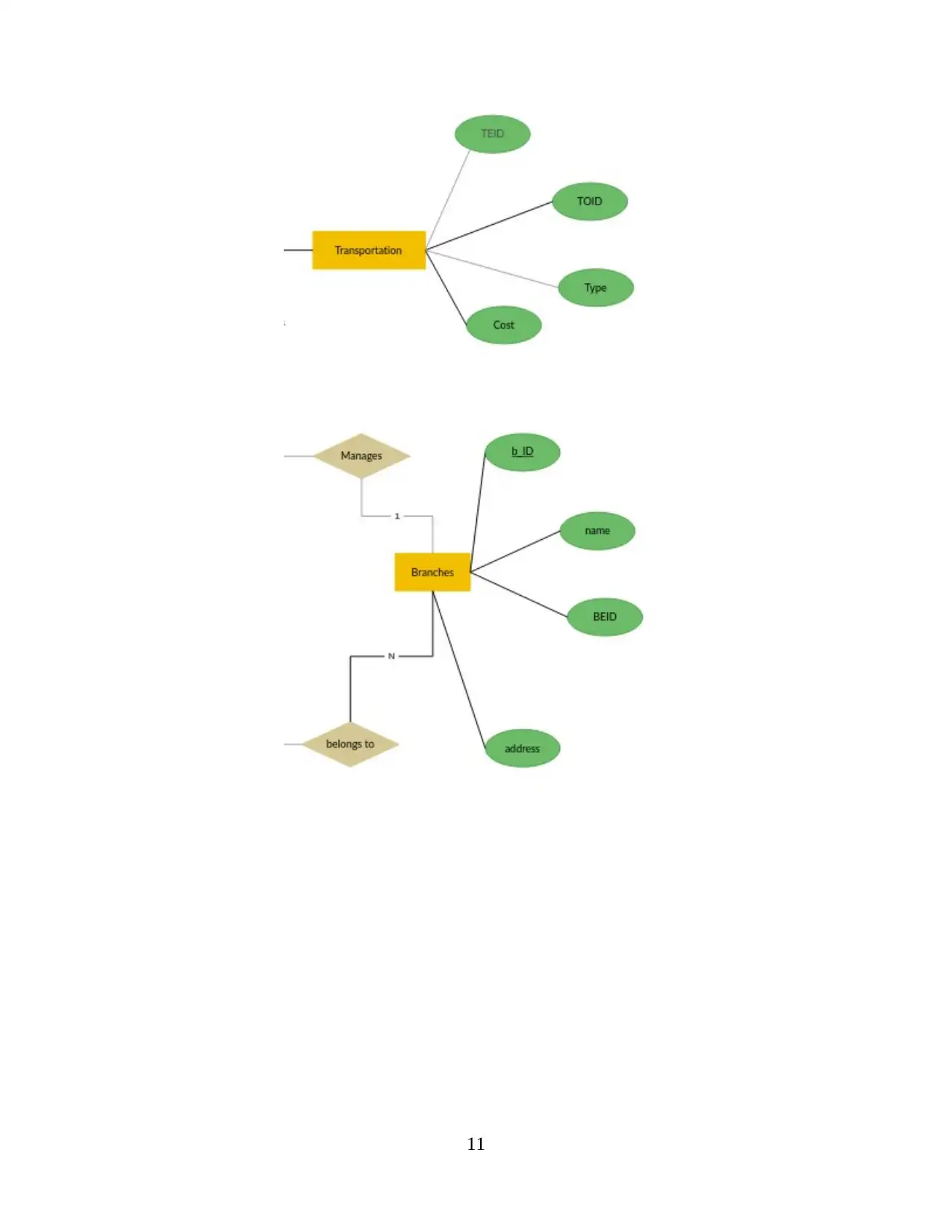
Paraphrase This Document
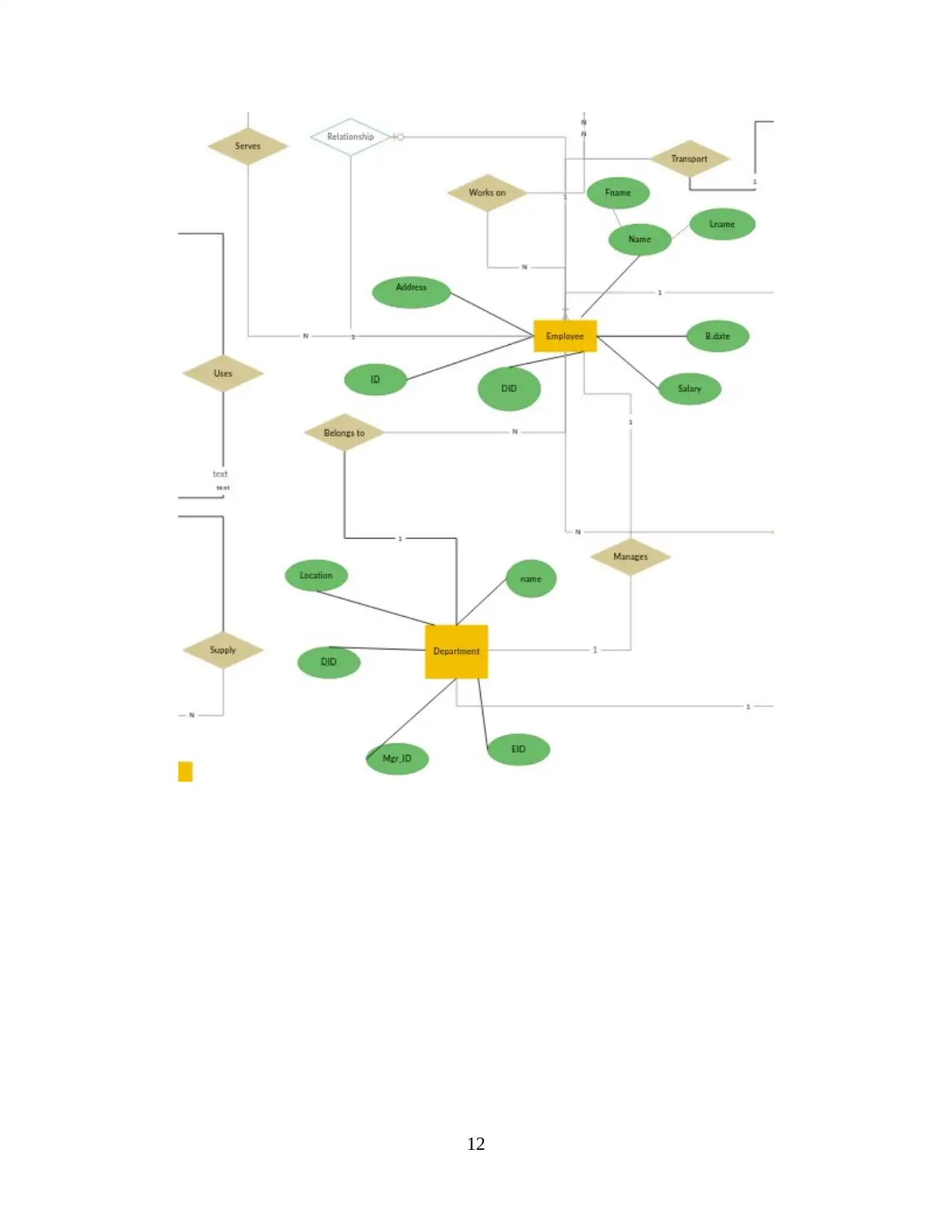
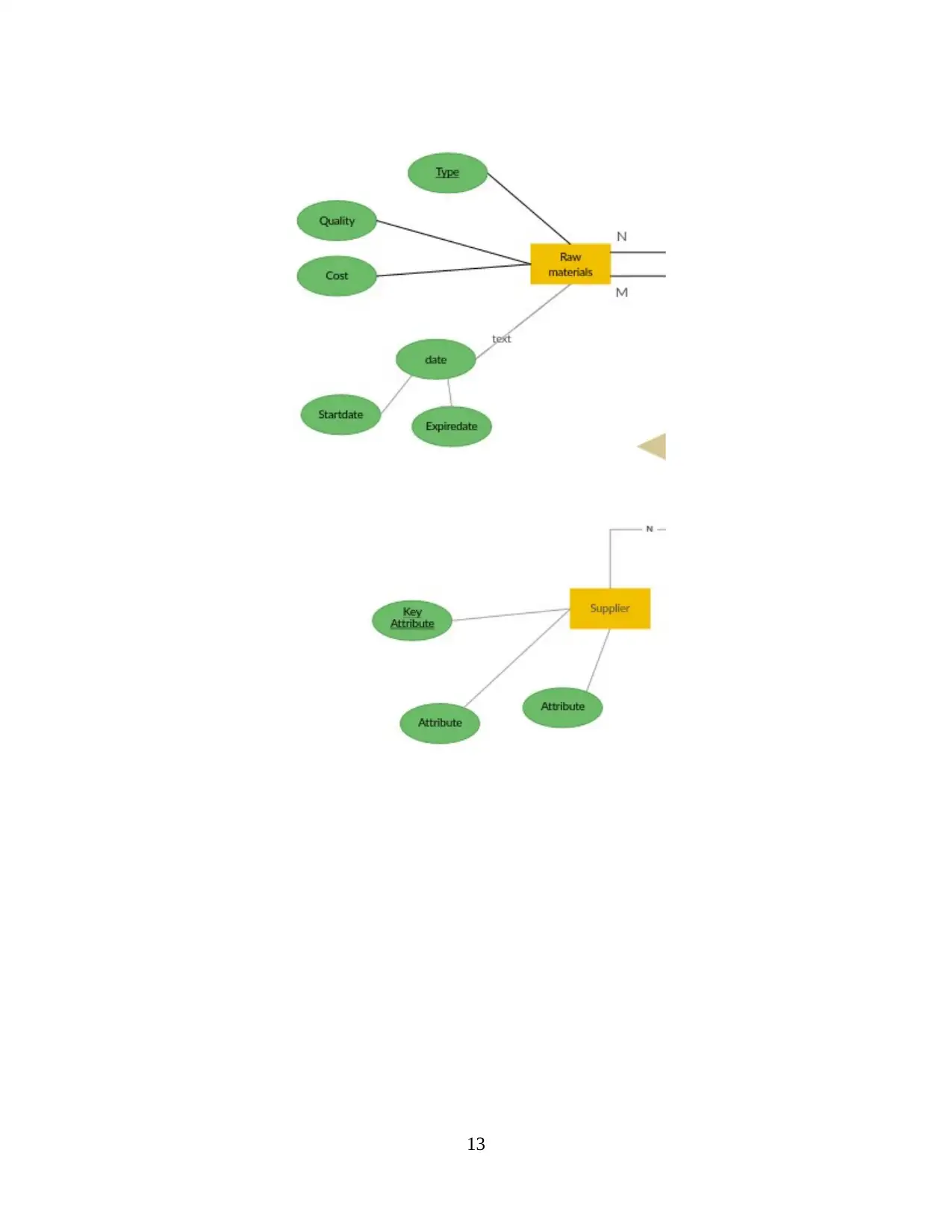
⊘ This is a preview!⊘
Do you want full access?
Subscribe today to unlock all pages.

Trusted by 1+ million students worldwide
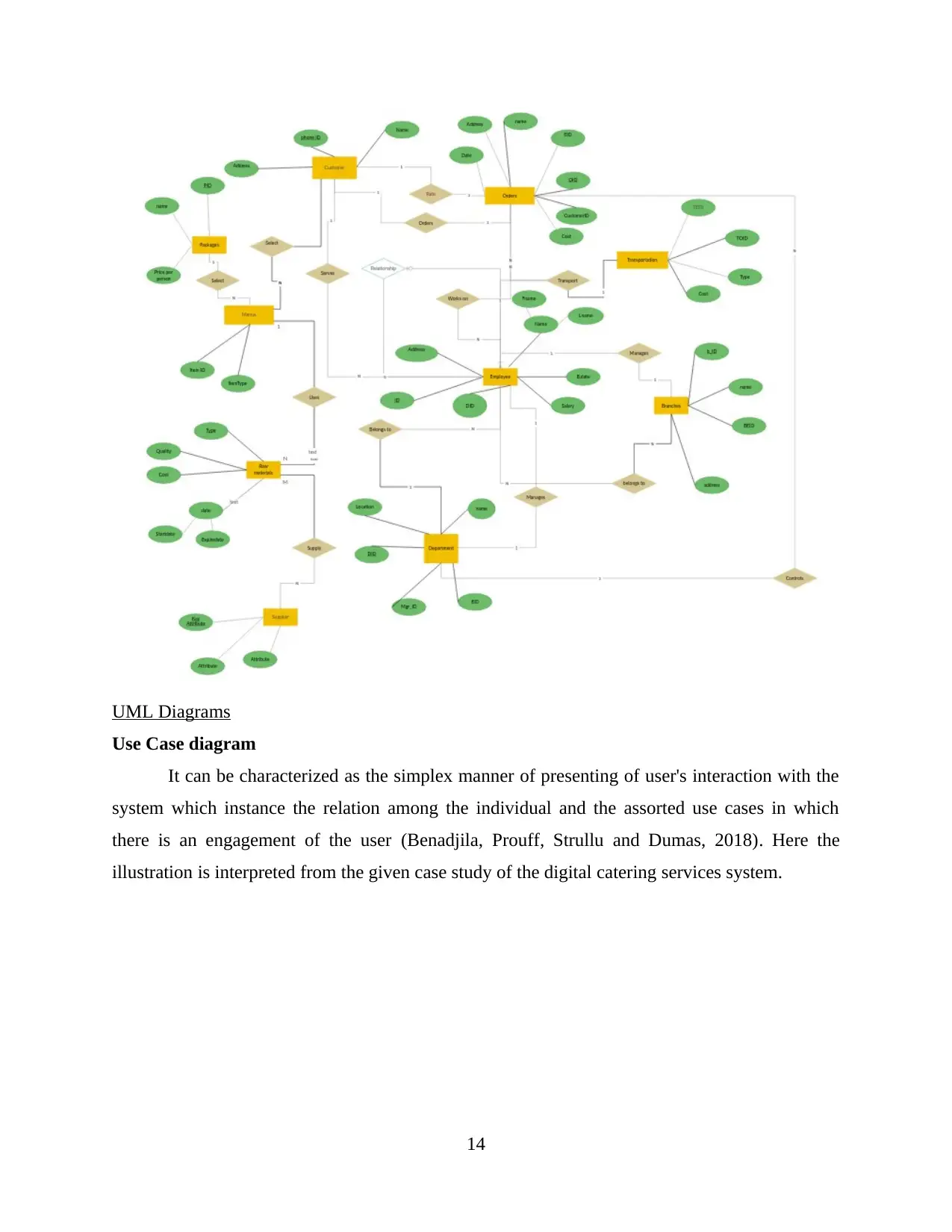
Use Case diagram
It can be characterized as the simplex manner of presenting of user's interaction with the
system which instance the relation among the individual and the assorted use cases in which
there is an engagement of the user (Benadjila, Prouff, Strullu and Dumas, 2018). Here the
illustration is interpreted from the given case study of the digital catering services system.
14
Paraphrase This Document
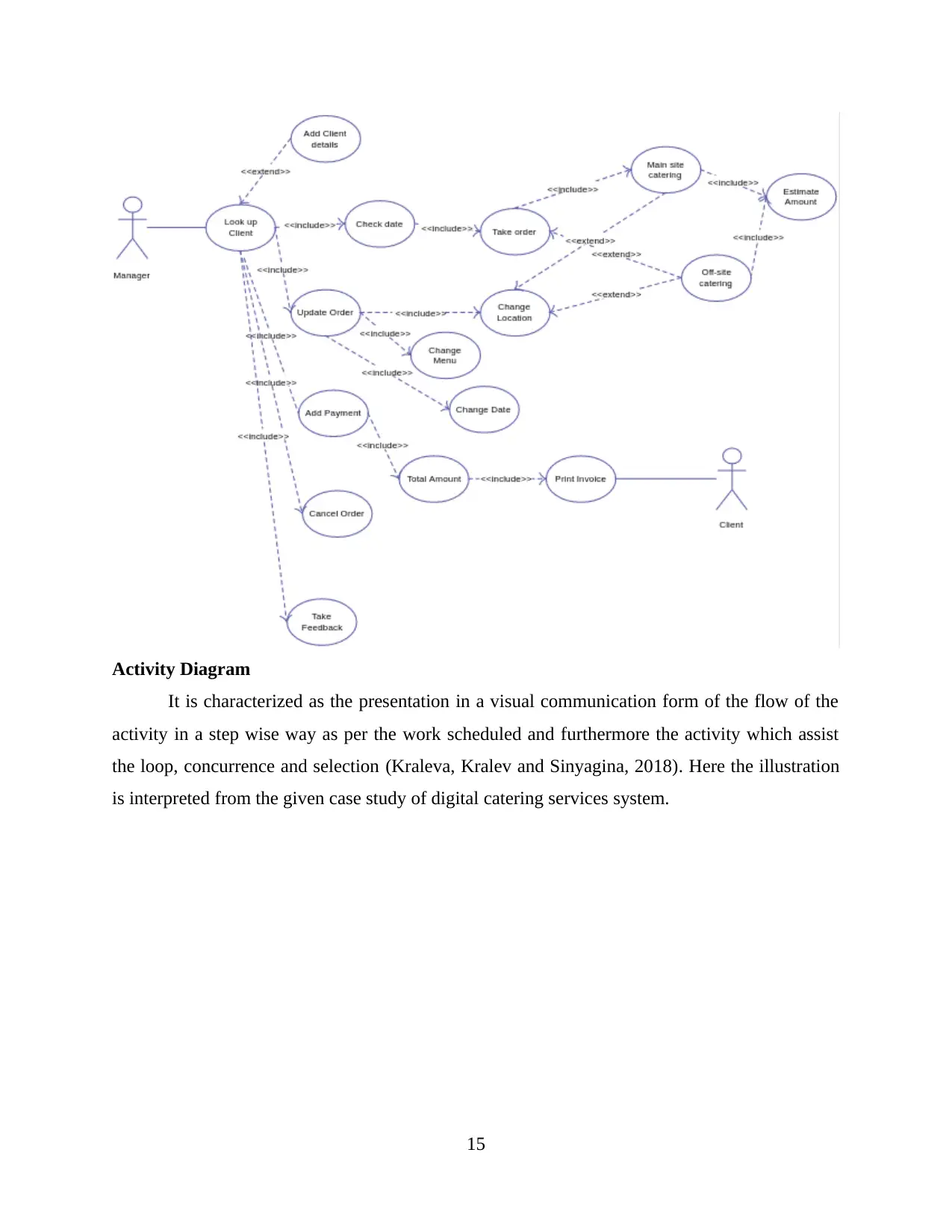
It is characterized as the presentation in a visual communication form of the flow of the
activity in a step wise way as per the work scheduled and furthermore the activity which assist
the loop, concurrence and selection (Kraleva, Kralev and Sinyagina, 2018). Here the illustration
is interpreted from the given case study of digital catering services system.
15

It is characterized as the presentation of the communication of objects which are placed
in the series on the basis of time period. It display case the engagement of the objects in the cases
and the series of the content which are interchanged among the objects that is needed to carry off
the operations of the scenario (Yang, Jin, Danielson and Funk, 2018). Here the illustration is
interpreted from the given case study of digital catering services system.
16
⊘ This is a preview!⊘
Do you want full access?
Subscribe today to unlock all pages.

Trusted by 1+ million students worldwide
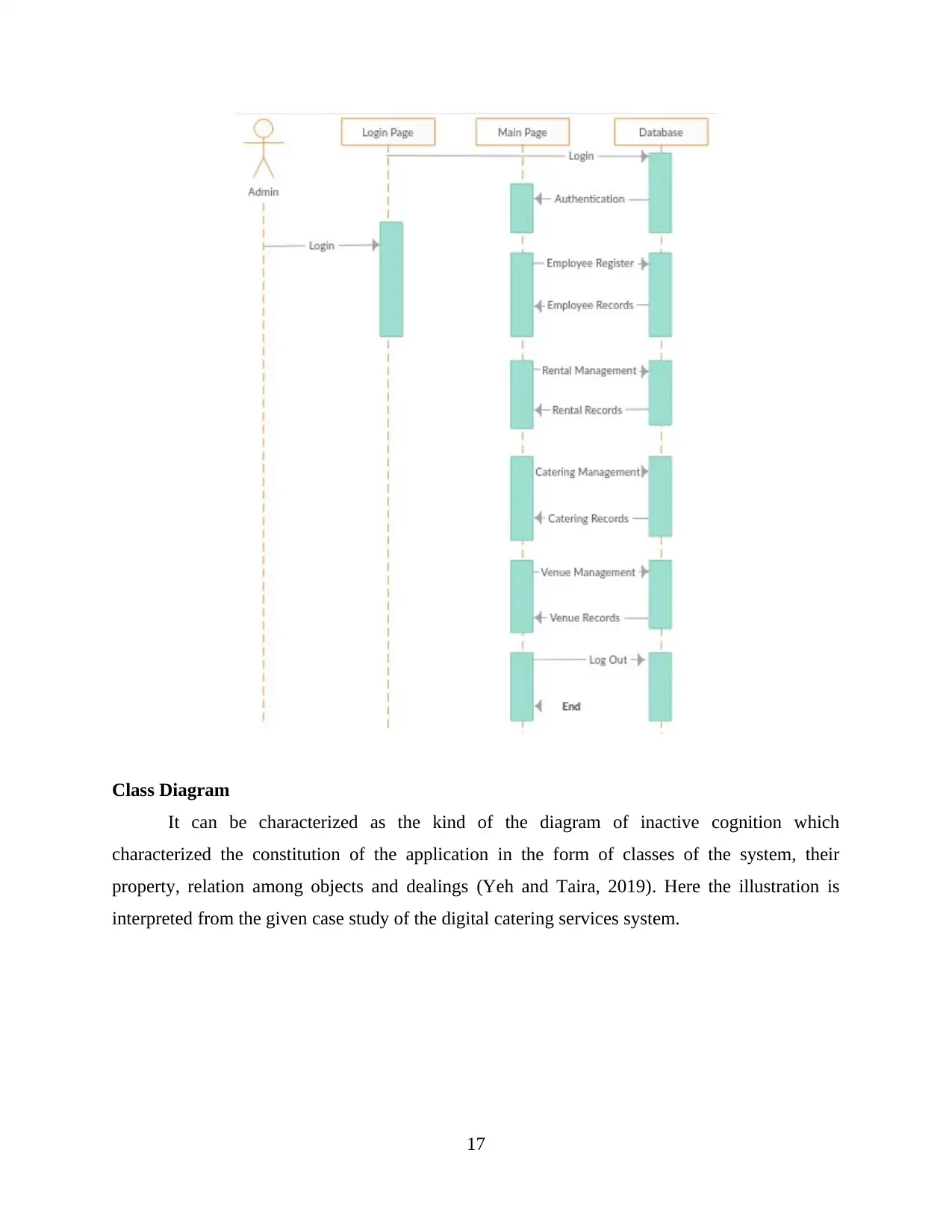
It can be characterized as the kind of the diagram of inactive cognition which
characterized the constitution of the application in the form of classes of the system, their
property, relation among objects and dealings (Yeh and Taira, 2019). Here the illustration is
interpreted from the given case study of the digital catering services system.
17
Paraphrase This Document
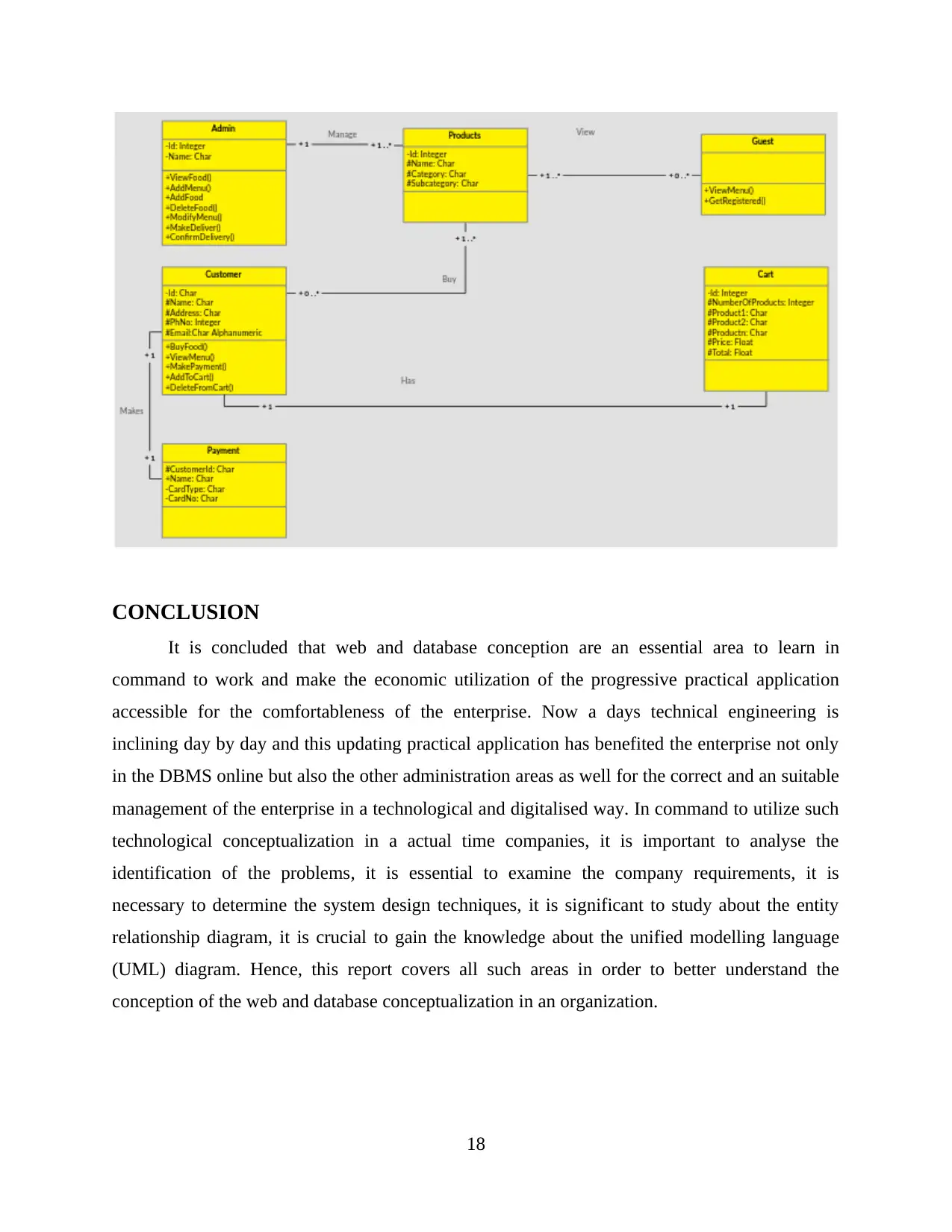
It is concluded that web and database conception are an essential area to learn in
command to work and make the economic utilization of the progressive practical application
accessible for the comfortableness of the enterprise. Now a days technical engineering is
inclining day by day and this updating practical application has benefited the enterprise not only
in the DBMS online but also the other administration areas as well for the correct and an suitable
management of the enterprise in a technological and digitalised way. In command to utilize such
technological conceptualization in a actual time companies, it is important to analyse the
identification of the problems, it is essential to examine the company requirements, it is
necessary to determine the system design techniques, it is significant to study about the entity
relationship diagram, it is crucial to gain the knowledge about the unified modelling language
(UML) diagram. Hence, this report covers all such areas in order to better understand the
conception of the web and database conceptualization in an organization.
18

Books and Journals
[1] R. P. E. S. R. a. D. C. Benadjila, "Study of deep learning techniques for side-channel
analysis and introduction to ASCAD database. ANSSI, France & CEA, LETI, MINATEC
Campus, France. Online verfügbar unter https://eprint. iacr. org," 2018.
[2] M. K. K. a. R. D. Bhargava, "Analysis and Design of Visualization of Educational
Institution Database using Power BI Tool. Global Journal of Computer Science and
Technology.," 2018.
[3] R. D. R. B. M. a. H. C. Cionni, "A large retrospective database analysis comparing
outcomes of intraoperative aberrometry with conventional preoperative planning. Journal of
Cataract & Refractive Surgery. 44(10). pp.1230-1235," 2018.
[4] W. a. Y. D. e. Davis, "The information system consultant's handbook: Systems analysis and
design. CRC press.," 2019.
[5] E. S. J. M.-C. J. a. P. J. García-Martínez, "A review of PHIL testing for smart grids—
selection guide, classification and online database analysis. Electronics. 9(3). p.382.," 2020.
[6] R. K. V. a. S. N. Kraleva, "Design and Analysis of a Relational Database for Behavioral
Experiments Data Processing. International Journal of Online Engineering. 14(2).," 2018.
[7] X. Liang, "Application and research of global grid database design based on geographic
information. Global Energy Interconnection. 1(1). pp.87-95.," 2018.
[8] J. Paik, "Ultimate limit state analysis and design of plated structures (pp. i-643). Chichester:
John Wiley & Sons.," 2018.
[9] L. J. S. D. P. a. F. M. Yang, "A new generation of the United States National Land Cover
Database: Requirements, research priorities, design, and implementation strategies. ISPRS
Journal of Photogrammetry and Remote Sensing, 146, pp.," 2018.
[10] C. a. T. K. Yeh, "Resolvent-analysis-based design of airfoil separation," 2019.
19
⊘ This is a preview!⊘
Do you want full access?
Subscribe today to unlock all pages.

Trusted by 1+ million students worldwide
Related Documents
Your All-in-One AI-Powered Toolkit for Academic Success.
+13062052269
info@desklib.com
Available 24*7 on WhatsApp / Email
![[object Object]](/_next/static/media/star-bottom.7253800d.svg)
© 2024 | Zucol Services PVT LTD | All rights reserved.





